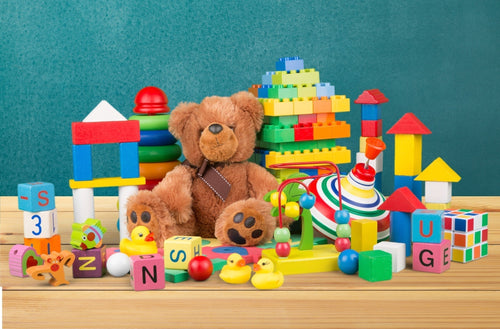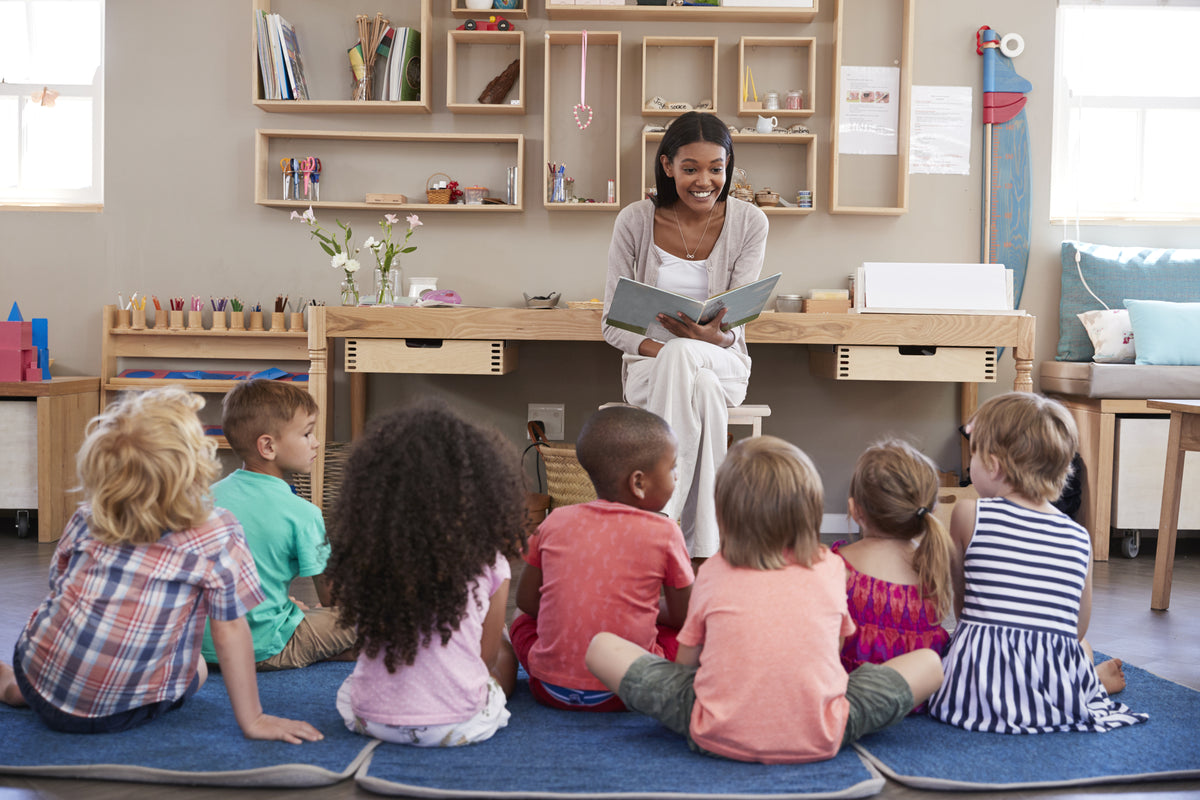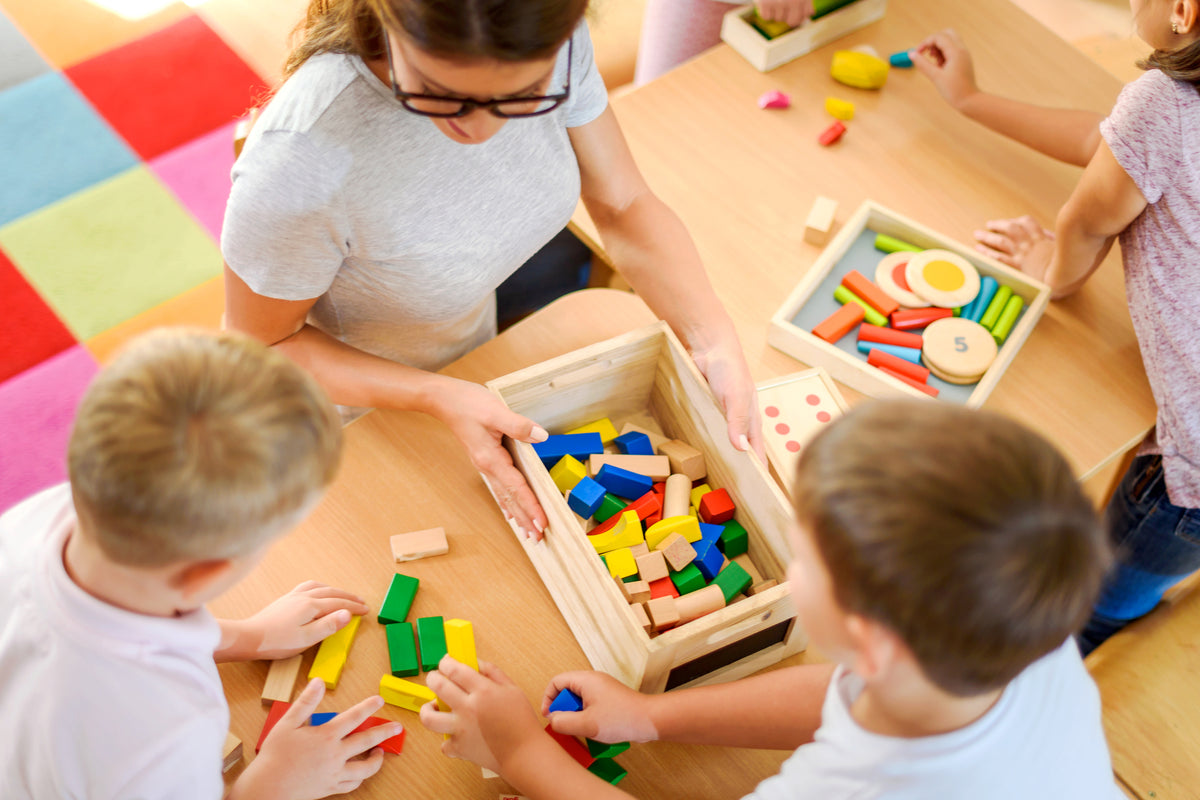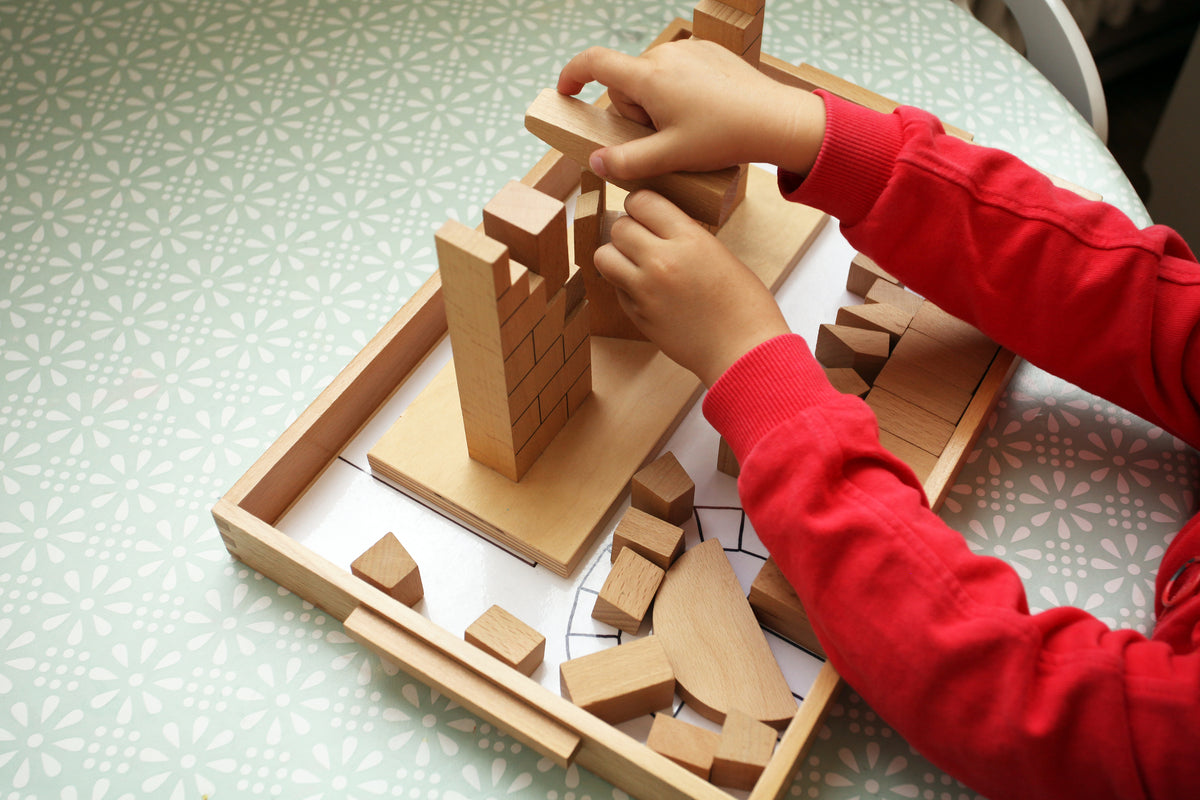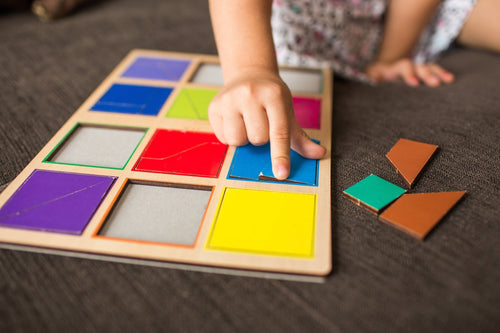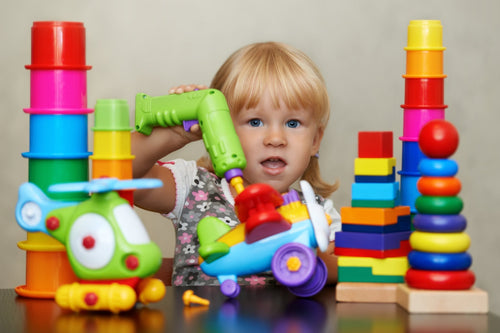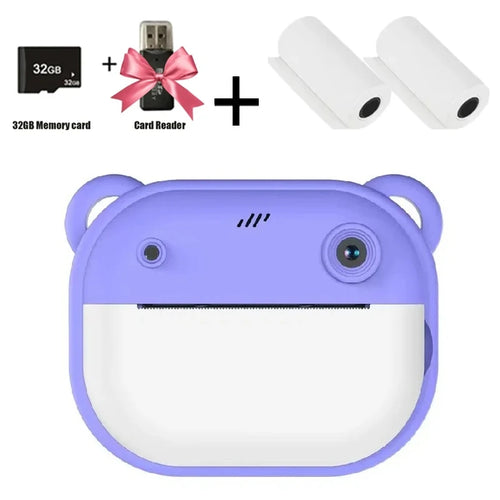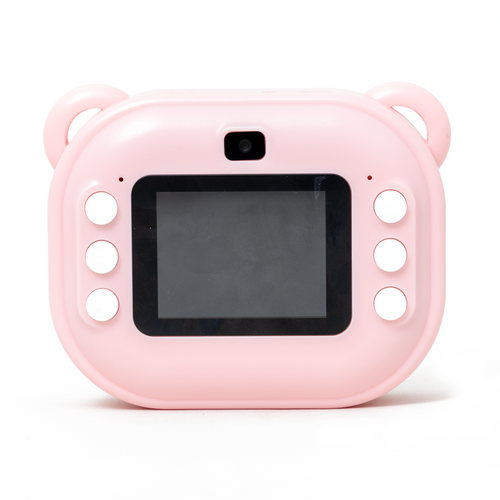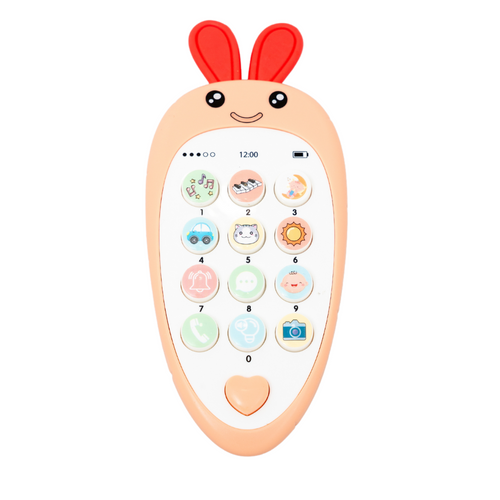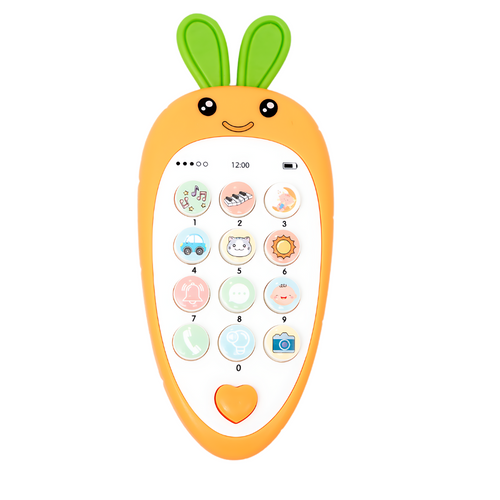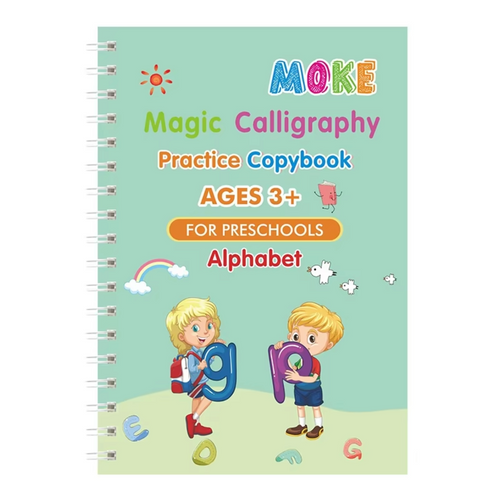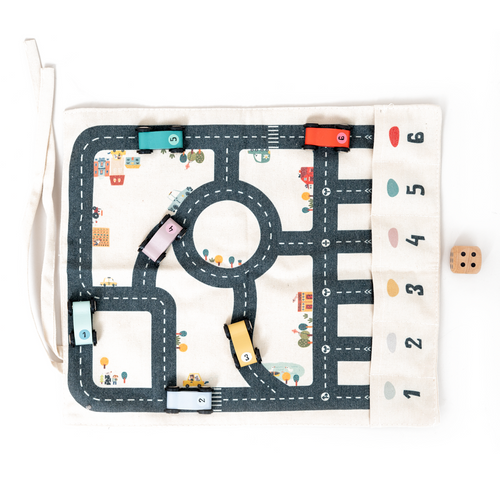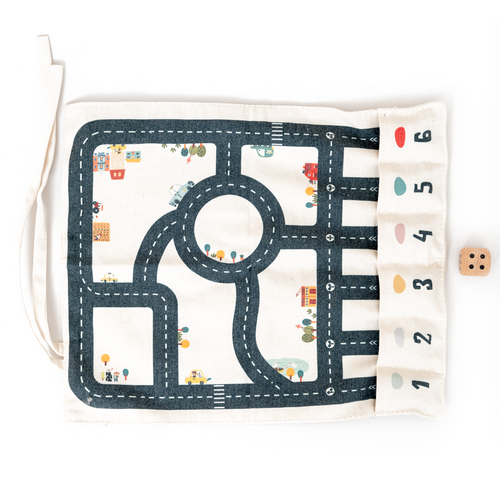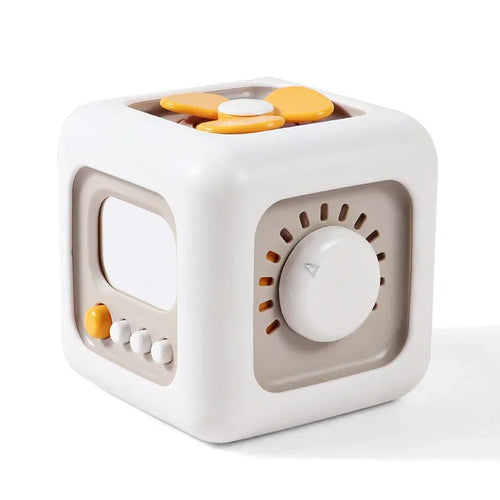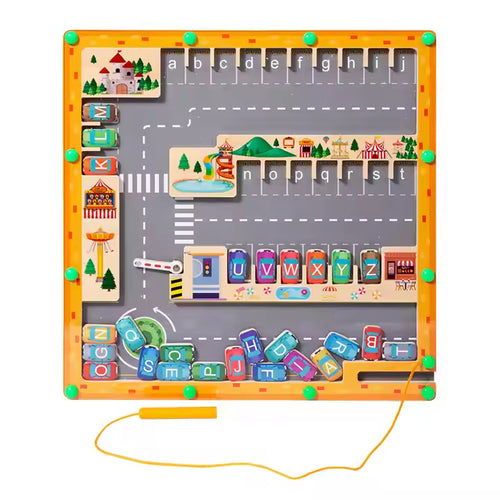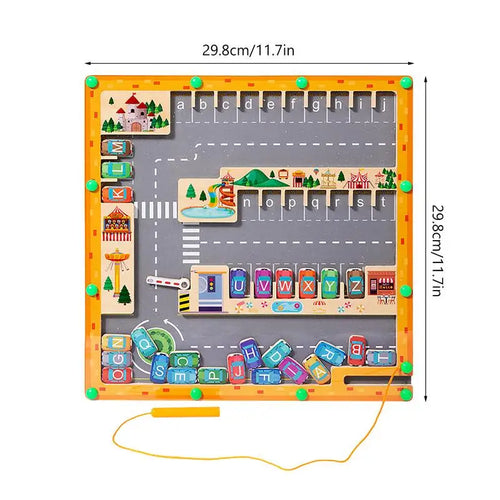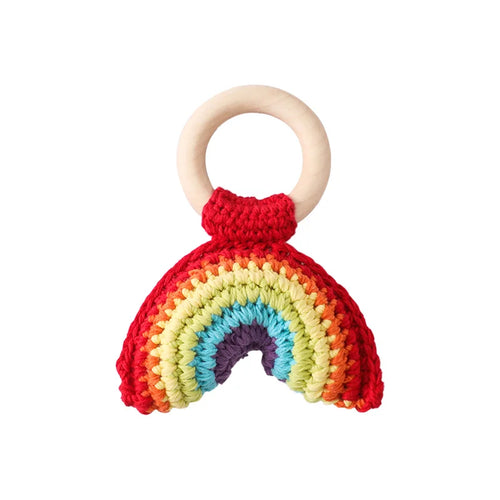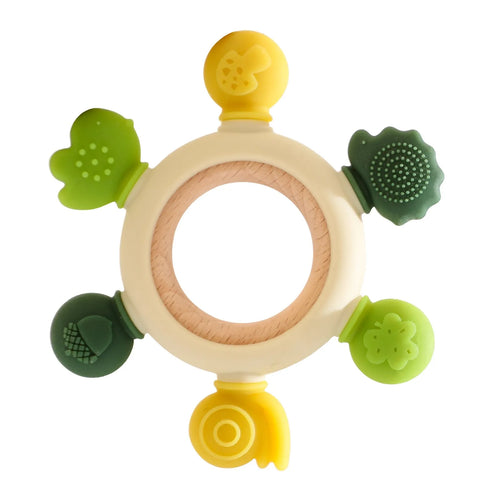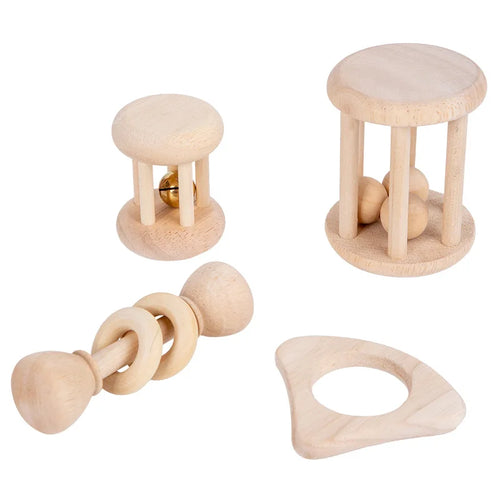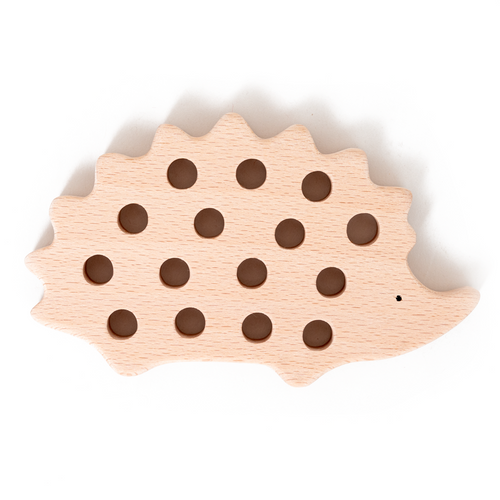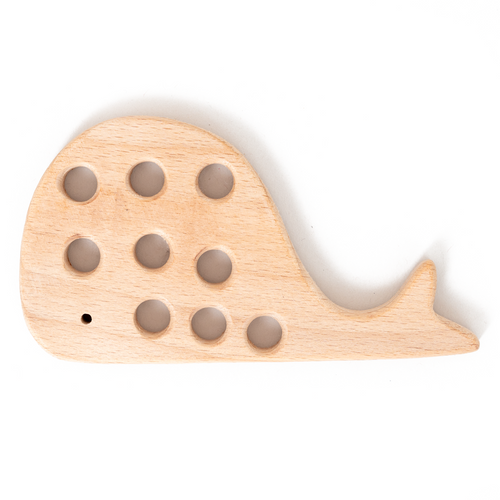
Sensory toys are intentionally built to provide controlled sensory input that helps children self-regulate and build skills (language, motor, problem-solving). Regular toys span a wide spectrum—from open-ended classics that build imagination to battery-powered novelties that demand attention. The difference isn’t “good vs. bad”; it’s “what does this help my child practice—right now?”
Parents often tell us they’re confused: “Is a fidget cube a toy? Are rice bins ‘messy play’ or ‘therapy’? Why do my kids love one thing at school but ignore it at home?” You’re not alone. Below we compare the two categories clearly, show when to use each, and give you simple setups you can start today—at any budget.
“The hands are the instruments of man’s intelligence.” — Dr. Maria Montessori
Related guides for deeper reading:
- What Are Sensory Toys?
- What Are Educational Toys?
- What Are Fidget Toys?
- What Are STEM Learning Toys?
- Montessori-Inspired Toys
What actually makes a toy “sensory” (vs. a regular toy)?
Direct answer: Sensory toys are intentionally designed to deliver a consistent type of input—tactile (touch), proprioceptive (deep pressure), vestibular (movement), visual, auditory, olfactory or gustatory—in a way that’s calming or organizing for the nervous system and that invites repetition for skill-building. Regular toys are designed primarily for entertainment, imagination, or social play; some also build skills, but the input is not the main design purpose.
| Design Focus | Sensory Toys | Regular Toys |
|---|---|---|
| Primary purpose | Deliver specific input (e.g., texture, resistance, movement) to help regulation, attention, and motor practice. | Entertainment, imagination, social play; some build skills (blocks, puzzles), others are mainly novelty. |
| Pacing | Child-paced, repeatable; invites mastery through repetition. | Ranges from open-ended (dolls, blocks) to adult-paced (battery-operated features). |
| Common outcomes | Calm body, longer focus, stronger fine/gross motor, richer language through hands-on experience. | Creativity, storytelling, cooperation; sometimes short bursts of excitement with little practice. |
| When most helpful | Transitions Homework wind-up Morning/bedtime routines Therapy goals | Free play Pretend worlds Peer playdates |
| Potential pitfalls | Overfilling bins; too many textures at once; not matching the input to the child’s state. | Loud/lights can dysregulate; clutter makes choosing hard; “do-it-for-you” features reduce practice. |
Sources: NIH – Early Learning, CDC – Child Development, AAP – Toy Safety Tips
Why do steady, simple sensory inputs boost learning?
Direct answer: Predictable sensory input helps the brain organize itself. When hands squeeze, pinch, pour, or push with just-right resistance, the body gets cues about where it is in space (proprioception) and how to plan a movement. This frees “thinking” capacity for language (“in, on, under”), problem-solving (“What pours slower?”), and self-help skills (“Scoop, carry, pour”).
- Fine motor: Pinching putty, threading, scooping beans—these build the same muscles used for writing and self-care (buttons, zippers). (CDC motor milestones)
- Language: Sensory play is rich in real words in context: wet/dry, heavy/light, smooth/rough, “more/less,” “full/empty.” (NIH early learning)
- Self-regulation: Rhythmic, repetitive actions (scoop-pour, press-roll) can settle a busy body and lengthen attention, especially before table tasks. (AAP guidance on active play & routines)
Citations: CDC – Milestones & Skills, NIH – Early Learning
When should I choose a sensory toy vs. a regular toy?
Quick guide by goal
- Calm + focus needed? Choose steady input: putty, kinetic sand, weighted lap pad, bean scoops, water transfer.
- Finger strength or pre-writing? Clothespin games, play-dough tools, tweezers with pom-poms.
- Language burst? Texture cards, sound tubes, sink/float tubs paired with clear labeling.
- Imagination & social? Regular toys shine: blocks, figures, dolls, kitchen sets.
- Mixed needs? Pair them: Build a block road (regular) then drive through rice “snow” (sensory).
Further reading: Fidget basics · STEM through hands-on tasks
Which options make sense by age and stage?
Direct answer: Offer a few items that match your child’s current interests and motor stage, then rotate weekly. Keep it simple: two to four choices per shelf, one activity per tray, everything reachable.
| Age/Stage | Sensory Picks (purpose) | Regular Picks (purpose) |
|---|---|---|
| Babies (6–12m) | Textured cloths; spinning drum; water mat tummy time (visual tracking; cause-effect). | Soft blocks; simple rattles; board books (grasp, turn, mouth safely). |
| Toddlers (12–24m) | Rice/bean scoop with measuring cups; play-dough press; bubble foam (bilateral coordination; language). | Push carts, chunky puzzles, doll feeding set (pretend steps, vocabulary). |
| 2–3 years | Water transfer with sponges; kinetic sand + molds; texture matching (pressure control; classification). | Blocks/ramps, dress-up, simple instruments (planning, rhythm, stories). |
| 3–6 years | “Heavy work” play—play-dough + rollers, carry/stack beanbags, balance path (core & attention). | Magnetic tiles, small-world sets, art kit (complex building, collaboration, narrative). |
Sources: CDC – Developmental Milestones, AAP – Safety Guidance
Which skills do sensory toys build that regular toys may miss?
Direct answer: Regular toys often emphasize stories, rules, and social roles. Sensory toys emphasize body information and hand-brain practice. Both matter.
| Skill | Sensory Examples | Regular Examples |
|---|---|---|
| Self-regulation | Weighted lap pad during reading; putty press & roll; slow water pour (steady input lowers arousal). | Board game with waiting rules; turn-taking with cars (executive function via structure). |
| Fine motor & pre-writing | Tweezers + pom-poms; play-dough snakes; bead threading (pincer, bilateral use). | Puzzles; construction sets (grasp shapes, plan sequences). |
| Language | Texture sort (“rough vs smooth”), capacity talk (“full/empty”), cause-effect words. | Pretend play dialogue; storytelling with figures and scenes. |
| STEM thinking | Sink/float, ramp + marbles, volume transfer (predict-test-observe). | Magnetic tiles, gears, blocks (design & structural thinking). |
Further reading: Hands-on STEM, NIH – Learning in Context
Can I do sensory play at home on a budget?
Yes. A low bin, a towel under it, and kitchen tools are enough. Protect concentration: demonstrate once, use real words, then step back. Rotate weekly based on what your child repeats naturally. Keep a “yes space” so they can choose, play, clean up.
- Dry bin: 4 cups rice + scoops + muffin tin. Add “missions”: fill each spot to the line; sort big/small.
- Water tray: Two bowls + sponge + eyedropper. Transfer water from blue to clear; squeeze out “just enough.”
- Heavy work dough: Play-dough + rolling pin + safe scissors. Make snakes, cut “noodles,” stamp patterns.
- Texture walk: Tape down bubble wrap, felt, silicone trivet squares. Barefoot step and describe: smooth, bumpy, squishy.
Safety & inclusion: AAP toy safety tips (choking hazards, supervision, non-toxic materials).
How do I choose the right mix for my child?
- Observe first. What do they repeat? Scooping? Lining up? Telling stories? Choose toys that match that drive.
- Fewer, better. Two to four options per shelf beat a mountain of clutter. (Montessori principle of the prepared environment.) See: Montessori-Inspired Toys.
- Alternate inputs. Offer one tactile, one movement, one language-heavy activity.
- Pair categories. Build (regular) → then add weight/texture (sensory) to deepen focus.
- Rotate, don’t escalate. Change a tool (ladle → funnel) before buying more.
References: NIH – Early Learning
Aren’t flashy toys educational too?
Some battery-powered toys do teach cause-effect, and they can be fun in short bursts. The catch is “cognitive load”: lights, songs, and voice prompts can pull attention away from the child’s own plan. We save these for novelty moments (road trips, medical waiting rooms) and rely on steady sensory and open-ended regular toys for everyday learning.
Evidence snapshot: AAP – attention & media guidance
Starter shelves you can set up this weekend
| Goal | Three-item Sensory Set | Three-item Regular Set |
|---|---|---|
| Calm + focus | Weighted lap pad · Putty + roller · Water transfer tray | Two-piece puzzles · Wordless picture book · Simple matching game |
| Language burst | Texture cards · Sink/float tub · Kinetic sand + stamps | Doll feeding set · Farm animals · Block house scene |
| Hand strength | Play-dough tools · Tweezers + pom-poms · Clothes-pin rescue | Peg board · Lacing cards · Building planks |
Explore TinyLearns collections: Sensory · STEM · Books · Language
Expert perspective: matching input to the moment
“When a child is dysregulated, language and learning go offline. The fastest way back is predictable sensory input—scoop, squeeze, sway—then talk and think.”
— TinyLearns Pediatric OT Advisor
In practice this means we often start with one steady sensory activity (2–5 minutes) before we invite a table task, book, or pretend scene. Simple, repeatable, child-led.
Final thoughts: Balance the shelf, protect the rhythm
Regular toys spark stories and friendship; sensory toys steady bodies and hands. Most families thrive with a little of both. Keep shelves calm, rotate often, and let your child’s repetition guide you. That rhythm—not the number of toys—drives growth.
Keep learning: Sensory Toys 101 · How to Introduce Montessori at Home · Why Montessori-Style Toys Are Different
FAQ
Are all regular toys non-sensory?
No. Many regular toys offer great sensory experiences (e.g., wooden blocks, puzzles). “Sensory toy” just means the input is the design goal.
Can flashy/noisy toys be harmful?
In short spurts they’re fine, but frequent use can compete with attention and self-directed play. We keep them as occasional novelty and emphasize child-paced activities. See the AAP media guidance.
What if my child dislikes messy textures?
Offer dry options first (beans, scoops), then moist (play-dough), then wet (water). Provide tools (spoons/tongs) so they can interact without full hand contact. Respect “no thank you.”
How many toys should be on the shelf?
Two to four per shelf works for most homes. Rotate based on interest and mastery. Less out = more depth.
What’s a quick “before homework” reset?
Two minutes of steady input: putty press/roll, beanbag wall push, or water transfer with a sponge. Then sit, sip water, and begin.

